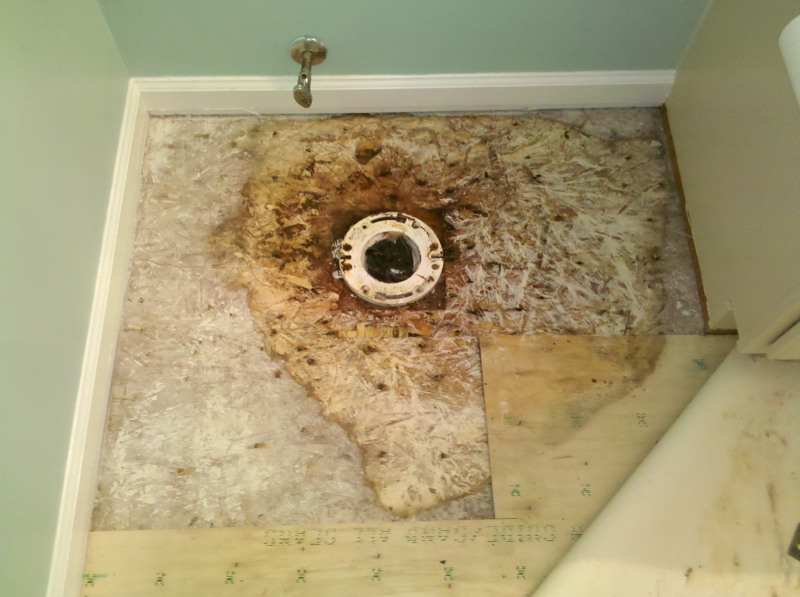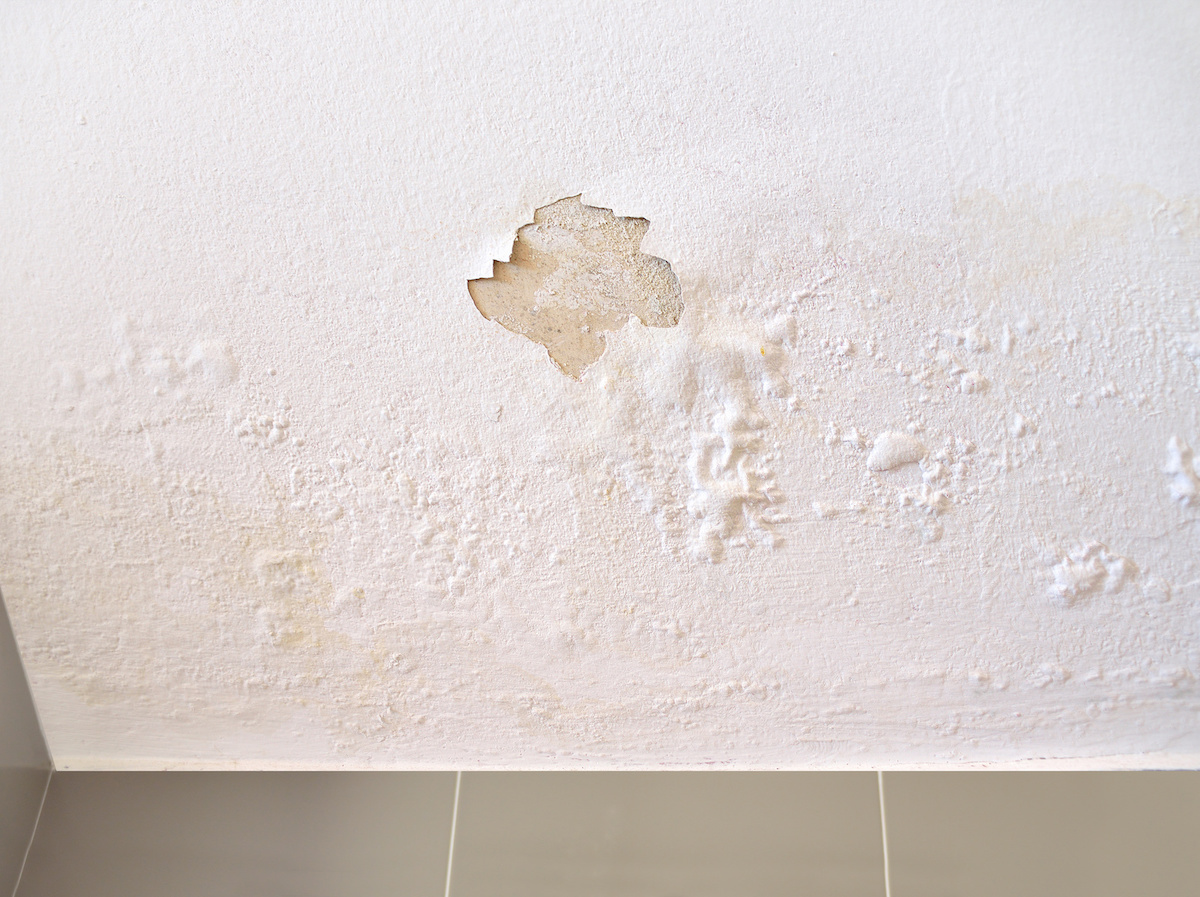Ways to Repair a Water-Damaged Wall in the Bathroom
Ways to Repair a Water-Damaged Wall in the Bathroom
Blog Article
The publisher is making several good pointers on How to Repair and Prevent Bathroom Water Damage as a whole in the content which follows.

The bathroom is exceptionally prone for moist build-up and potential water damage as a result of the constant use water in it. This post uses basic assessment methods to assist spotting water damage hazards.
The constant use water in the shower room makes it very susceptible for moist accumulation and also possible water damages. By examining it routinely, you can reduce water relevant problems.
The complying with collection of assessments is easy to execute as well as should be done as soon as in every three months in order to keep your shower room in good shape and also to avoid possible water problems caused by the bath tub, the shower, pipe joints and plumbing, sinks, cupboards, and the commode
Do not overlook executing these assessments and be complete while performing them. Remember that these easy examinations can save you a great deal of money by giving early signs for water damage
Sinks and also Cabinets
Sinks and closets are exposed to dampness and moisture daily as well as are usually ignored. Examine regularly under the sink as well as on the countertop over it. Repair any type of drip in the trap as it might suggest drainpipe problems. Browse the sink, slow draining pipelines may suggest a blocked drain. Change sink seals if they are broken or loosened.
Bathtub and also Shower
The shower and bath tub require unique focus as well as upkeep. Check the floor tiles and replace if fractured. Ensure that there is no missing out on grout in between the floor tiles. Examine and also replace broken caulking at joints where the wall surfaces meet the flooring or the bath tub. Clogged drains pipes and also pipes issues will certainly avoid the bath tub from drying out and might show major issues under the bathtub. Talk to a specialist instantly to avoid architectural damage. Take note of discolorations or soft locations around the bath tub walls as they may suggest an inner leak.
Plumbing
Signs for water damage are difficult to identify since many pipelines are mounted inside the wall surfaces.
Pay special attention to flooring as well as wall surfaces dampness and also stains as they may suggest an undetectable plumbing trouble. Examine dampness levels in adjoining spaces also.
The Bathroom
The commode is an at risk water junction. Check the water lines and search for leaks around the toilet seat, in the hose, and under the water tank. If you detect any signs of moisture on the flooring around the commode, look for leakages in the toilet edge as well as storage tank seals.
Know that hanging bathroom bowl deodorants increases the chances for clogs.
TIPS TO PREVENT WATER DAMAGE IN THE BATHROOM
The average household uses approximately 80-100 gallons of water per person per day. For a family of 4, that's almost 2,500 gallons of water a week! The largest portion of this consumption comes from bathroom use. Flushing the toilet uses the most water, followed by taking a shower or bath. With that much water running through the home, water damage in the bathroom is bound to happen. Knowing how to spot signs of a water leak is essential to preventing long-term damage. This guide provides you with tips to reduce the impact of water damage on your bathroom.
CAUSES OF BATHROOM WATER DAMAGE
Pipe breaks are the most common cause of water damage we see in our daily jobs. The age of a pipe plays a large role in a pipe break as well as corrosion. Over time, the metal begins to break down, allowing water to escape. Frozen pipe breaks are also a concern in the winter months. Toilet overflows caused by paper products or children flushing inappropriate items. Degraded caulking around the toilet or bathtub can allow water seepage, sometimes behind the fixture, into the subfloor or walls. Condensation forms when the water in a pipe is cooler than the air temperature. Beads of water form on the exterior of the pipes, sometimes so much so that the water begins to drip and pool below. Sink or shower backups created by poor drainage. HOW TO PREVENT WATER DAMAGE IN YOUR BATHROOM
Inspect your toilet supply line for worn or frayed hoses and replace them as needed. Winterize your plumbing to prevent a frozen pipe break. Use vent fans to prevent condensation that can lead to mold growth. Routinely check and replace degraded caulking around your toilet or bathtub. Increase the temperature in your toilet tank and insulate your pipes during the warm summer months to keep condensation from forming. Use child safety locks on the toilets. Flush only toilet paper. "Flushable" wet wipes are actually not good for your plumbing system. Additionally, feminine hygiene products should not be flushed. Prevent water from escaping the tub or shower. Make sure shower curtains are in good condition. Inspect shower doors and replace the seal strip if necessary. Wipe up any water that accumulates on the floor and use bath mats. Water left to sit can cause damage to the tiles and flooring. Refrain from using bath products containing heavy oils to avoid a clogged drain.

Do you like more info about How to Prevent Bathroom Water Damage? Create a remark down the page. We'd be pleased to see your opinion about this write up. We hope that you come back again soon. Sharing is good. Who knows, you may be doing someone a favor. Many thanks for your time. Don't forget to stop by our blog back soon.
Set Up An Appointment Report this page